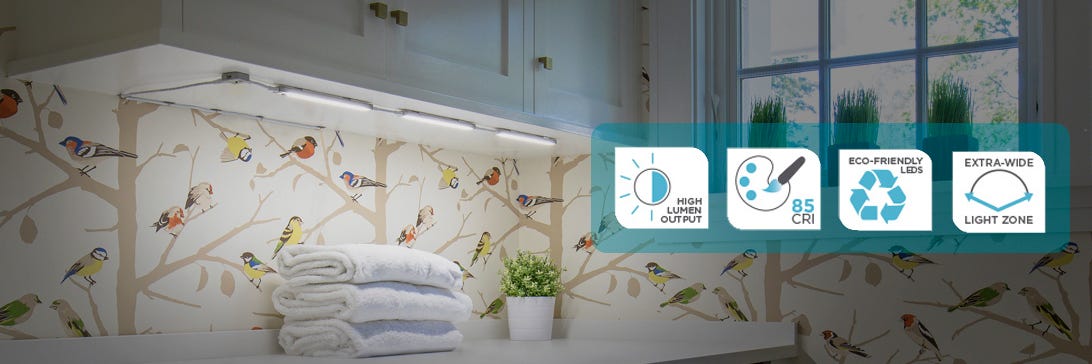LED Lighting Terms to Know
- Jun 6, 2017

When it comes time to buy a new LED light for your home or office, you may be tempted to shop with requirements you would have for buying an old-fashioned, incandescent light bulb. You may, for example, look for the number watts on the packaging to help you judge how bright the bulb is. Unfortunately, with today’s LED lights, that strategy will no longer serve you. Did you know that watts only tells how much energy a bulb uses, but nothing about its brightness, color temperature, or quality?
To help you navigate through an ever-expanding market of LED bulbs, strips, and lights, we’ve created this handy primer with all the key terms and specifications to know when evaluating an LED light.
LED
Light Emitting Diode: A conductive device (diode) that emits visible light when an electric current passes through it.
CRI
Color Rendering Index: A measure of a light’s ability to accurately reveal the colors of an object. Choose an LED with a CRI of 85 or higher for vivid, brilliant colors, free of haziness or discoloration.
Color Temperature
The color of the light, measured in Kelvins. The higher the Kelvins, the brighter white the color of the light. As the Kelvins drop lower, the color temperature becomes warmer.
CCT
Correlated Color Temperature: Another way to refer to the color temperature of a light that is measured in Kelvins, ie 4000K
Lumens
The measure of the total quantity of visible light emitted. A high lumen output creates brighter whites and darker darks.
Watts
A unit of measure for the rate of energy transfer. Just because an LED may use less watts than an incandescent bulb, does not mean it is not as bright.
Efficency
Lumens per watt: A measure of how well a light source produces visible light using a certain amount of energy.
Don't feel clueless the next time you're shopping to upgrade your space's lighting to LEDs. Referring back to this guide is ideal for getting the most cost and energy-efficient illumination from your purchase!






